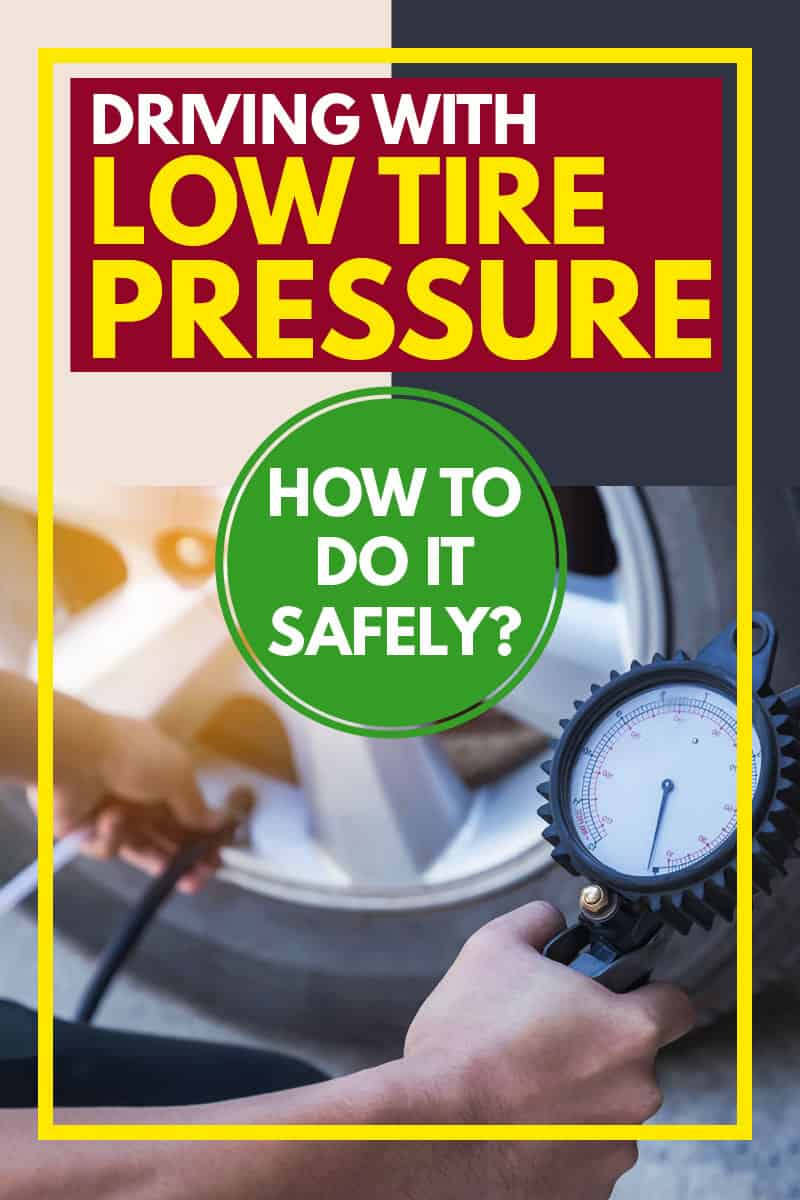 You are driving along and you notice an orange light flicks on by the speedometer. It is a different symbol than you have seen, not the check engine light. It is a circle with an exclamation point through it.
You are driving along and you notice an orange light flicks on by the speedometer. It is a different symbol than you have seen, not the check engine light. It is a circle with an exclamation point through it.
That is an alert from your car informing you that your tire pressure is too low. It is something that can be easily alleviated, but you might need to get home or to a shop before you can address the issue. So, is it ok to drive on low-pressure tires?
Driving with low tire pressure is not recommended. If you have no other choice, and can't fill up on air, you may be able to get by with driving with low tire pressure, depending on how low the pressure is.
If the light just flicked on, that means the pressure is probably not too low. If the pressure is extremely low, it does become dangerous to drive, especially at high speeds. There is a chance that the tires will break down.
If you have no choice and you must drive with low tire pressure do the following -
- Remove extra weight
- Slow down to a speed that doesn't obstruct other traffic
- Drive only in the right lane if on the highway
- Keep your emergency lights on to notify other drivers around you
Good working knowledge of how to drive on low-pressure tires is very important, so keep reading to get all these details.
What is Considered Low Tire Pressure?
Too low is going to all be according to your car and what the required air pressure is for the tires. Some vehicles are higher than others. Naturally, when that light comes on your dashboard notifying you that the pressure is low, that means it is too low.
It will not turn on otherwise, the notification is specifically intended to notify you when the pressure is too low.
What does that mean in terms of pressure? On average, most small passenger cars are going to call for tire pressure to be about 32 to 35 pounds of pressure in each tire.
Inflating on the lower end versus the higher end will yield different results. If you inflate to the higher end, you are going to get better gas mileage but the ride will be a bit harder.
If you inflate to the lower end, the ride will be smoother but your gas mileage will be worse.
The recommended range is 32 to 35 but that does not mean that if it gets below that you will certainly have your dashboard tire pressure light turn on. Air pressure within the tires fluctuates depending on certain factors.
If you lose a pound of pressure in the tire and it goes down to 31, that is still fine and you will not get the warning light. However, if it gets down to 27 or 28, that is too low.
Does Low Tire Pressure Mean You Have a Flat Tire?
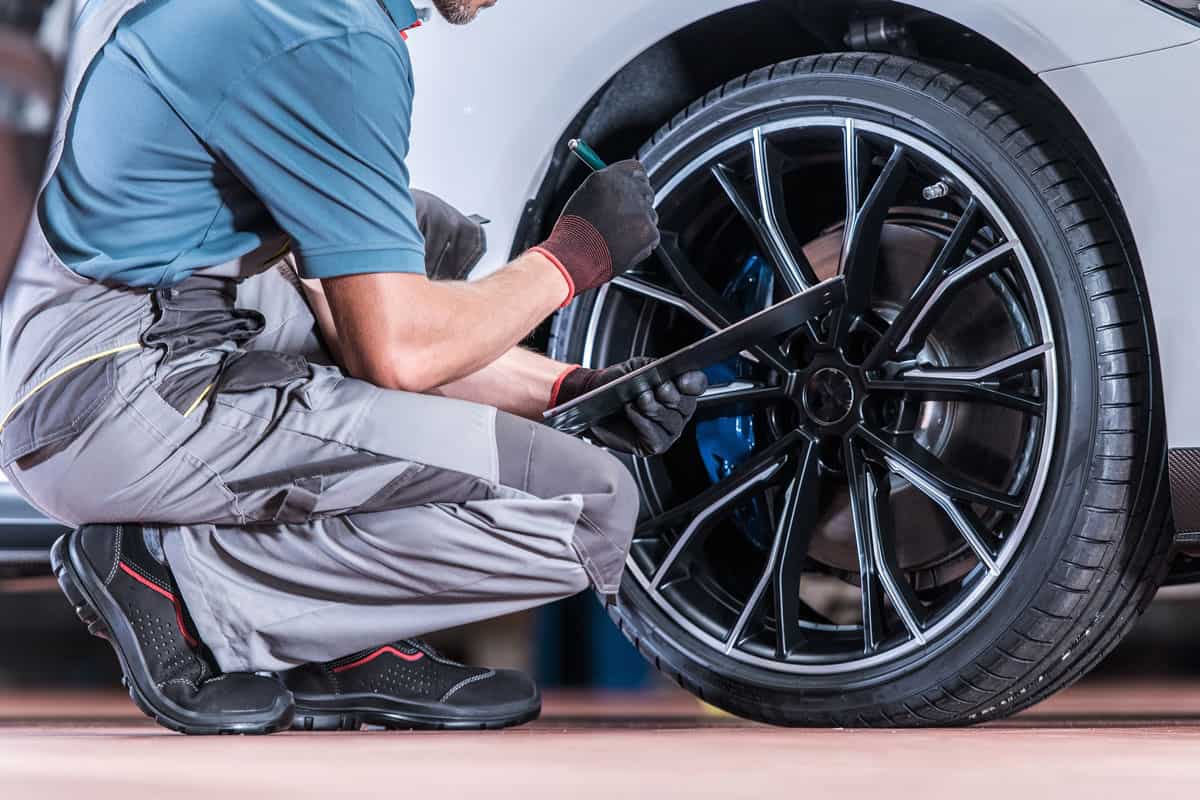
When the low-pressure light comes on, it does not necessarily mean that you have a flat but that should be your first consideration since you will want to deal with that as quickly as possible if that’s the case.
The TPMS (Tire Pressure Measuring System) indicating that pressure is too low is generally a result of air pressure being lost gradually over time. Generally, one pound of pressure is lost per month and the temperature is also a factor.
It is very possible, however, that you are dealing with a slow leak. Plenty of things can create a slow leak, driving over a nail is a pretty common cause. There will be some tell-tale signs if you are dealing with a slow leak.
For one thing, you might be able to hear it but that is not so common. Also, if you adjust the pressure on all of your tires to the appropriate levels and then a week later you get a warning light, chances are you are dealing with a slow leak.
In the event of a slow leak, you are going to want to get to a shop immediately. These are easy to deal with before the tire is completely deflated. If you let it linger overnight you might wake up the next morning to a completely flat tire.
If you can get out ahead of it, you can bring it to the shop and get the leak repaired before any damage is done to the wheel.
What are the Dangers of Driving With Low Tire Pressure?
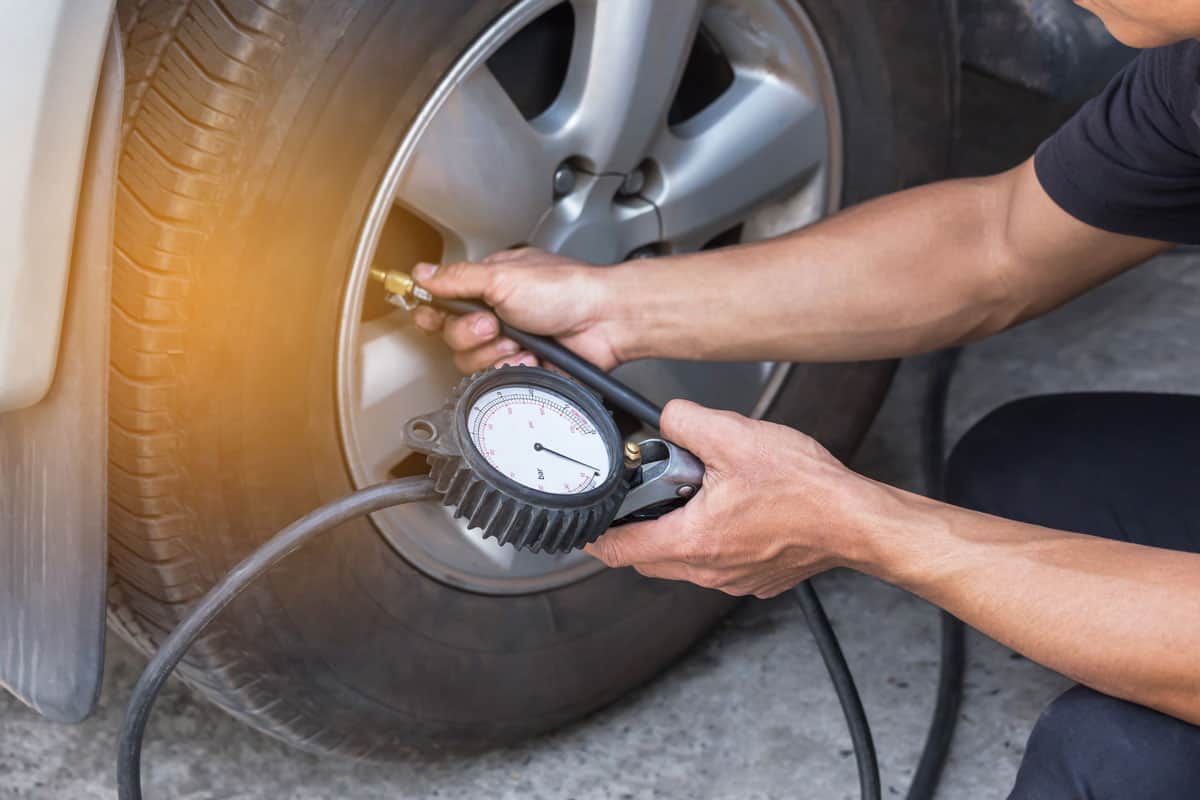
According to a national survey, it was discovered that nearly 58% of drivers were not aware of the TPMS warning symbol or what it meant.
This is part of where the danger lies because if you cannot identify the problem based on the symbol appearing on your dashboard, you are going to end up allowing the tire pressure to become so low that things are quite dangerous.
There are hundreds of accidents that happen per year as a result of tire issues. Most often it is simply improper maintenance of tire pressure that leads to these accidents.
The real danger of driving on tires with low pressure is that it increases the likelihood that the tire will blow up. That can be dangerous enough when you are on a side road going 25 miles per hour.
If you find yourself in the left lane of the highway when this happens, it could mean dire consequences.
How do You Know When Your Tire Pressure is Too Low?
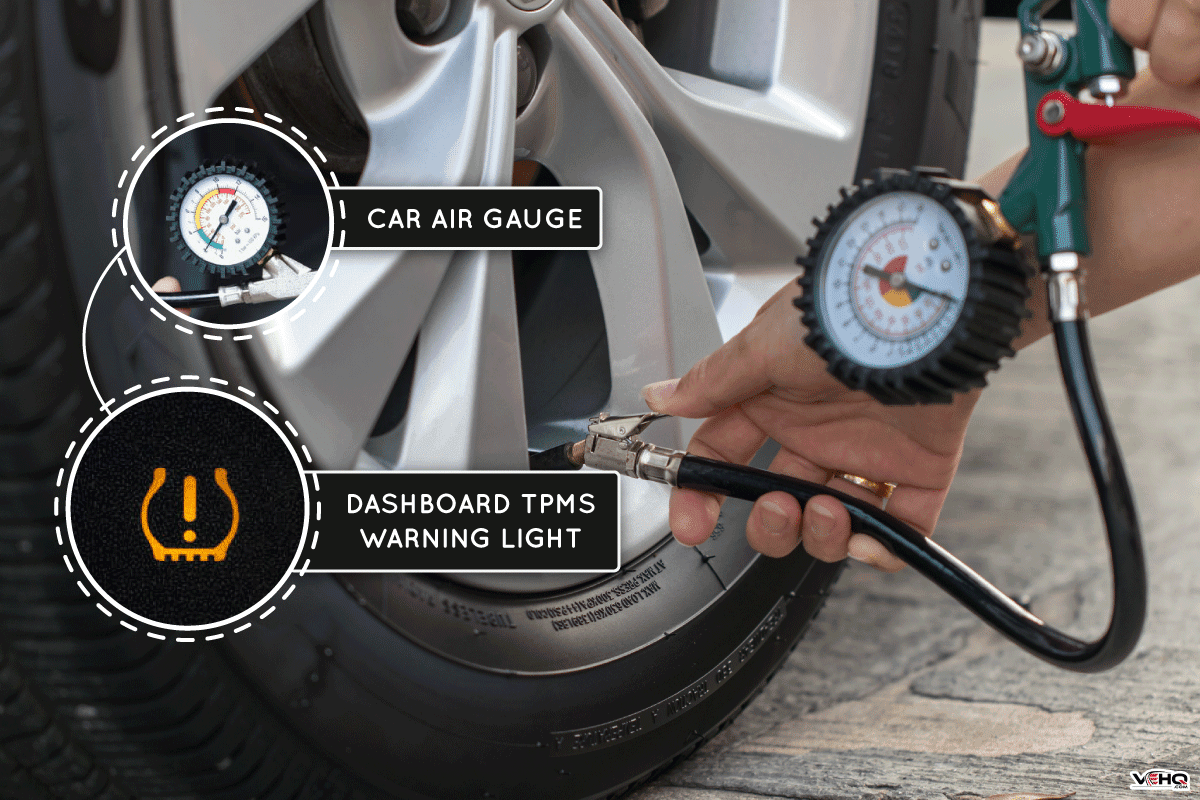
The most obvious way to determine if your tire pressure is too low is to keep an eye on the TPMS warning light on your dashboard. Unfortunately, most cars made before 2008 do not have this feature. So what are people supposed to do if they fall into this category?

Further, even if the TPMS light turns on, only luxury cars or newer cars are going to notify you which tire is low. It is not much help to you if the light only notifies you that a tire is low on the pressure but not which.
What you will want to do is get a tire pressure gauge. These devices are usually pretty cheap and they are very easy to use. All you are going to do is place the gauge on the nozzle where the air is pumped into the tire.
You will only need to apply the gauge for a moment and then it is going to tell you the exact pressure of that particular tire.
If you are someone whose car does not have a TPMS warning light at all, you will want to check on the pressure of each of your tires more frequently. If you do have the light but it does not tell you which tire is the problem, a device like this will allow you to do that.
How do you know Which Tire is Low?
As mentioned above, you are going to want to utilize your tire pressure gauge.
If you have a newer car or a luxury, there is a chance that it will notify you which tire is low and needs attention. Some vehicles will even show you the specific psi of each tire.
Will the TPMS Light turn on if the Tire is Overinflated?
Whether your tires are too low or too high, the TPMS light will turn on.
The reason that the warning light is going to turn on for an overinflated tire is that that is also dangerous. For one thing, when the tire is too inflated there is less surface area touching the ground.
This means that the traction will not be as good as the manufacturer intended it to be.
Further, a tire with more give is going to handle punishing conditions on the road far better. If you have a very over-inflated tire and you run over a deep pothole, you might ruin the tire.
There are arguments to be made that higher pressure increases responsiveness in steering and cornering, but most people do not need to worry about that.
Can you Drive with the TPMS Light On?
If you have determined that the issue is not a slow leak, you can drive with the TPMS light on. Even if the issue is a slow leak you can still drive, but the first place you will want to go to is an auto shop.
Sometimes the light turns on to notify you that one tire is slightly too low, maybe around 29 psi, that is not much of an issue either and you can still drive on that.
You need to determine what is causing the light to go on before you can determine how safe it will be to operate the car.
Regardless, if that light is on you should proceed with caution on the highway. Try to stick to the right lane at the very least.
Finally, keep in mind that if you replace your tire with a spare, the TPMS light is going to go on. This does not mean that the pressure on your tires is too low. The light comes on because the spare tire is not equipped with a TPMS sensor.
Why Does My Tire Pressure Light Come On When It’s Cold?
It is a pretty common thing to see your TPMS light turn on when it gets cold out, and it does not necessarily mean you have a leak. For every 10 degrees the temperature drops, the psi in your tires goes down about 1 pound per square inch.
People who live in particular climates are going to see this happen a lot. There are places in the North East of the US, for example, where it might be 60 degrees one day and 27 degrees the next day.
If this is the case, the likelihood that your TPMS light turns on is very high.
Should I Add Air To My Tires In the Winter?
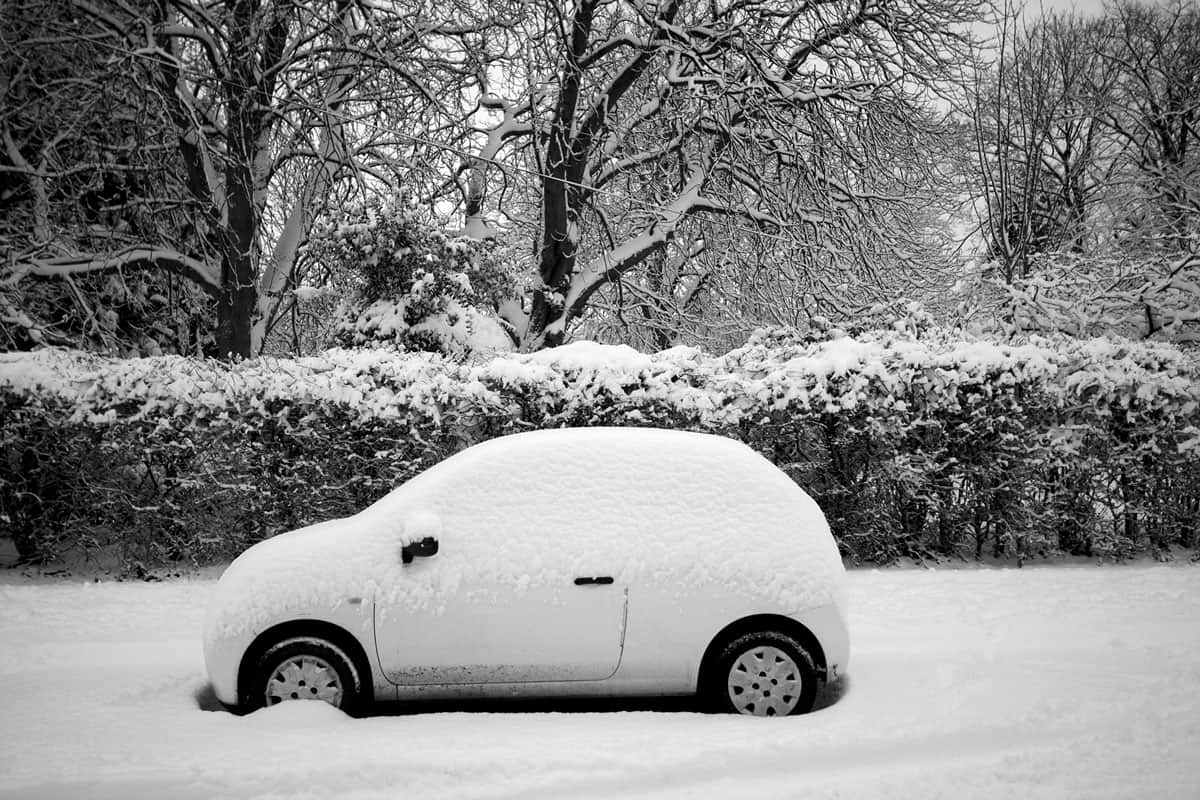
Yes, you are going to want to inflate your tires a little bit extra at the beginning of the winter.
Plus, the winter is the most important time of the year to have your tires at the correct pressure. Conditions on the road are never messier than in the winter. You will not want to find yourself on the road with under-inflated tires when it is snowing and the ground is icy.
Should I Under Inflate My Tires In the Winter?
There are people who think that the best thing to do in the winter is to underinflate your tires. The reasoning they have behind it is that the larger surface area touching the ground improves traction.
There is some truth to this, but it only applies when there are snow and ice on the ground and not once it has been cleaned up. Further, it makes steering and handling a lot harder.
It would be best for you to maintain the proper psi in your tires year-round, making minor adjustments when you feel that is necessary.
How do you Fix Low Tire Pressure?
There are plenty of ways to fix this issue. Most dealerships, when you bring your car in to get any work done, will make sure that the psi is correct. If you go to a tire place where you get your tires rotated, they will usually do that for you as well.
If you are in between car repairs, you can do it yourself and tire inflators are pretty affordable these days. They are easy to use, just plug into the nozzle and blow up the tire. Most of them are electric so you don’t need to do the pumping yourself.
Where can I put Air in my Tires for Free?
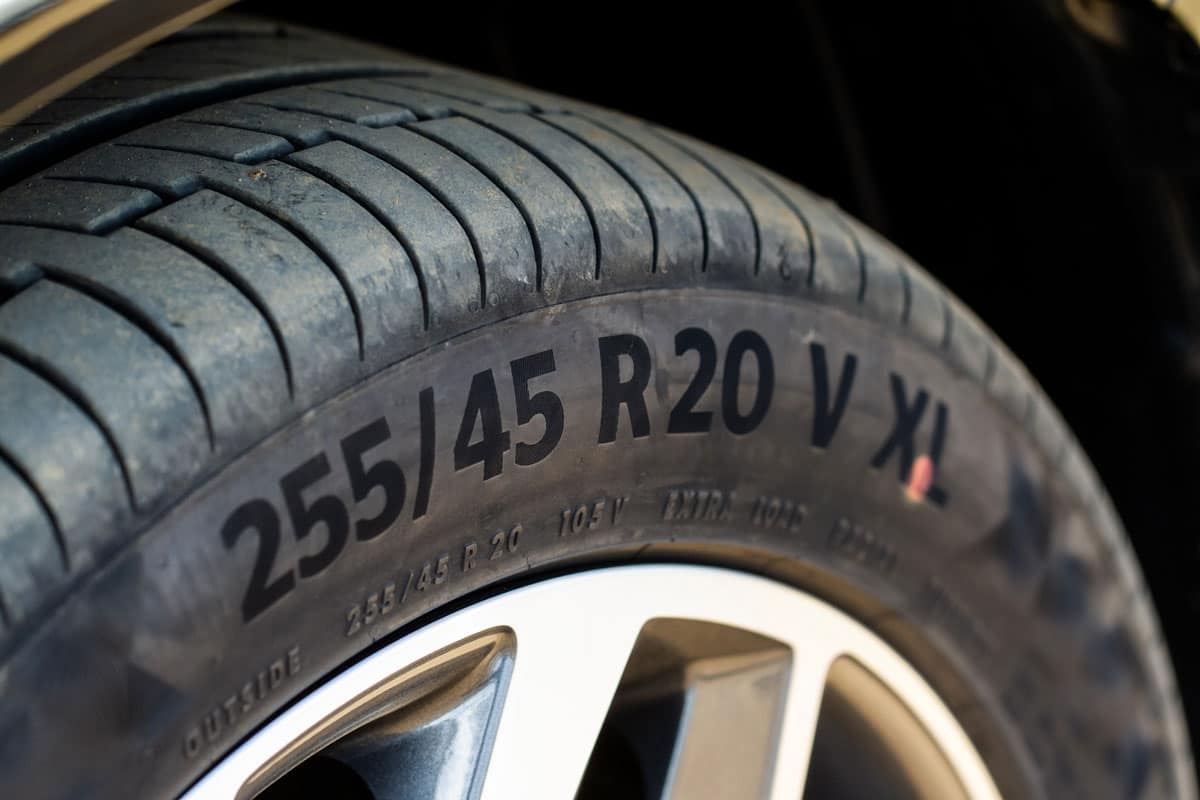
For one thing, all gas stations in California and Connecticut are legally required to allow you to fill your tires for free.
You can borrow a tire inflator from a friend. Also, as mentioned, if you bring your car in for a repair they will probably top off your tires and make sure you’re at the right pressure.
Why is my TPMS Light Still on after Refilling my Tires?
If the light stays on after you have reinflated your tires, it probably means one of two things.
There is a chance that you have a slow leak. If that is the case, the light is going to stay on even after you have inflated.
The other possibility is that you have a broken TPMS sensor. That can happen if the battery dies, or perhaps you may have damaged it by running into a curb or something like that.
How Do You Fix a Low Tire Pressure Light?

Well, you can refill the tire for one thing. Once the tires regain the appropriate level of psi, the light should turn off.
If it is a broken TPMS sensor that is the issue, you are going to need to get it replaced. TPMS sensors are made specifically for each vehicle, so depending on your vehicle prices will vary.
If you have a GMC vehicle, for example, a set of 4 TPMS sensors, one for each tire, is very affordable.
In conclusion, remember that you can safely drive on a low-pressure tire, within a certain limit. Be careful, monitor the situation, and fix it as soon as possible. If all else fails, be safe, pull over, and call for service.

